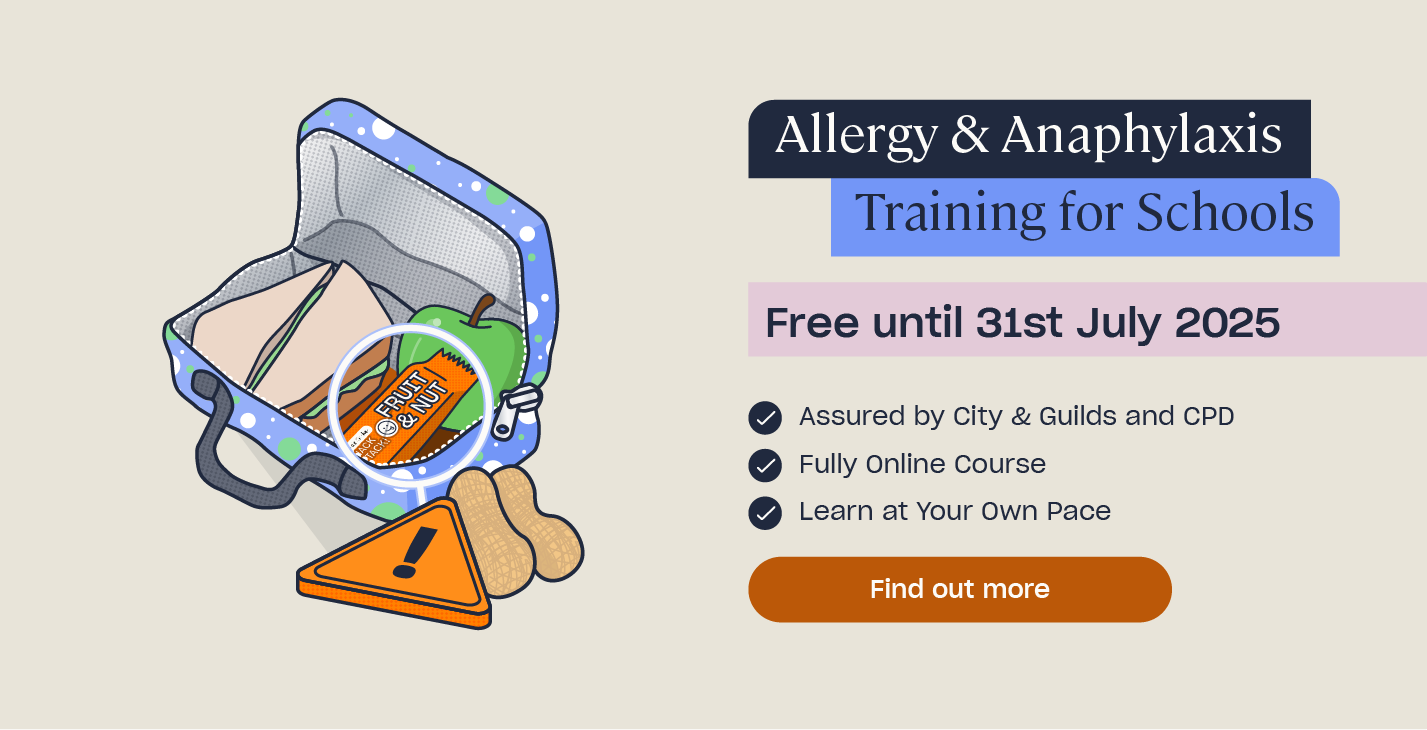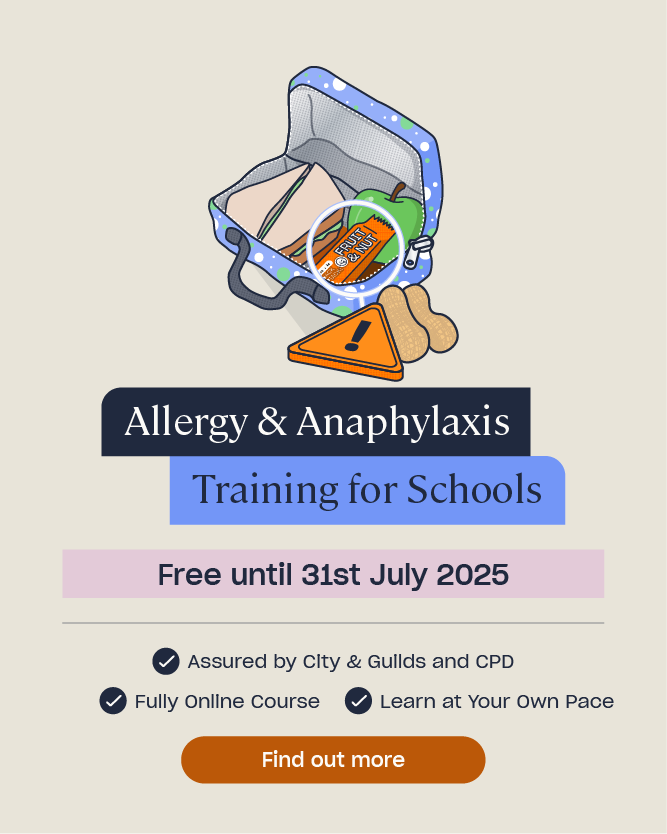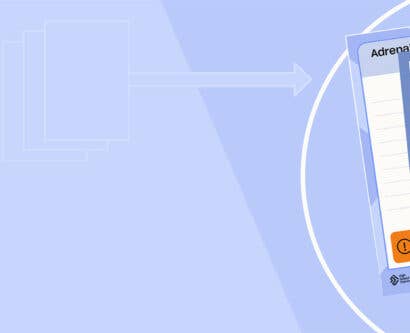Guidance on Adrenaline Auto-Injectors
If you have a serious allergy, then it’s likely that your GP will have prescribed you an adrenaline auto-injector (AAI) for use in case of emergency. Serious allergies can be life-threatening, so it’s vital that you know how to use your AAI correctly – or know how to support a friend or relative who has one if they’re unable to use it themselves. In this article, we’ll look at what adrenaline auto-injectors are, the different types, how to use adrenaline auto-injectors and how to store them safely.
What is an Adrenaline Auto-Injector?
An adrenaline auto-injector – also known as an AAI or an adrenaline pen – is prescribed to anyone with an allergy who is at risk of having a severe, acute allergic reaction, known as anaphylaxis. The AAI contains a dose of adrenaline (also referred to as epinephrine) that helps to alleviate the symptoms of anaphylaxis once injected.
Anaphylaxis is the name given to a life-threatening allergic reaction that requires immediate medical attention. When the body goes into anaphylactic shock after contact with an allergen, the immune system quickly overreacts and causes swelling of the throat, difficulty breathing and even unconsciousness. Common allergens are certain foods, medicines, insect stings and bites.
An adrenaline auto-injector is used to treat anaphylaxis. Once injected, the dose of adrenaline inside the AAI helps to quickly reopen the airways, reduce swelling and maintain blood pressure. It takes just minutes for the AAI to be effective.
If you or someone you know has been prescribed an adrenaline pen, then it’s important that you carry it with you at all times, as you never know when you might need it. Always check that your AAI is in-date and never rely on someone else having one available.

Types of Adrenaline Auto-Injectors
In the UK, adrenaline auto-injectors are prescription-only medicines, prescribed by a GP or allergy specialist. The dose of adrenaline inside the injector will depend on the age and weight of the person who needs the device and will be determined by the healthcare professional.
There are two main types of adrenaline auto-injectors available in the UK which we will cover in this article:
- EpiPen (or EpiPen Junior).
- Jext.

How to Use an Adrenaline Auto-Injector
If someone is experiencing the symptoms of anaphylaxis, you should immediately call for an ambulance and let them know the person is having an anaphylactic shock. Whilst you wait for medical assistance to arrive, help the person to lie down with their legs raised, then administer their AAI if they’re unable to do it themselves.
You do not need to remove clothing in order for the adrenaline pen to be used, as the needle will penetrate all types of fabrics.
The instructions below will help you understand how to use an adrenaline auto-injector, whether it’s an EpiPen or Jext. You can also search for the manufacturers online and order a ‘trainer device’ that you can practice with at home.
How to use an EpiPen
There are some key steps to follow in order to use an EpiPen correctly:
- Hold the EpiPen tightly and pull off the blue safety cap straight upwards.
- Position the EpiPen horizontally, and hold the orange tip approximately 10 cm from their outer thigh.
- Whilst keeping it horizontal, jab the EpiPen firmly into the outer thigh until you hear a click, and hold it in place for 3 seconds.
- Remove the EpiPen. As you do, the orange tip will extend to cover the needle.
- If prescribed and symptoms don’t improve after 5 minutes, you should administer the second adrenaline auto injector into the outer thigh of the opposite leg if possible.

How to Use a Jext Pen
The following Jext pen instructions will help you to use the device correctly:
- Hold the Jext securely and pull off the yellow safety cap.
- Position the Jext horizontally, with the black end against the outer thigh.
- Whilst holding the Jext horizontally, push the black end firmly into the thigh until you hear a click, and hold it in place for 10 seconds.
- Remove the Jext. As you do, the black tip will extend to cover the needle. Massage the injected area for 10 seconds.
- If prescribed and symptoms don’t improve after 5 minutes, you should administer the second adrenaline auto injector into the outer thigh of the opposite leg if possible.

How to Store Adrenaline Auto-Injectors
The following safety tips will help you to store and manage your adrenaline auto-injectors correctly:
- Store unused adrenaline auto-injectors in a cool, dark place. Keep them out of direct sunlight and extreme temperatures.
- Don’t lock AAIs away or store them in hard-to-reach places, but do keep away from small children.
- Avoid leaving your AAIs in the car on a hot day or a freezing cold day, as the extremes in temperature can affect the effectiveness of the medicine.
- AAIs are made to be disposable and should only ever be used once.
- To dispose of a used AAI safely, give them to a healthcare professional who can discard them properly or use a dedicated sharps bin.
- Regularly check the expiry dates on your unused AAIs and ensure you order a replacement device well ahead of its expiry.
- Never use an AAI past its expiry date as it’s unlikely to be effective.
- Carry two, in-date AAIs on you at all times in case your body doesn’t respond to the first dose of adrenaline and a second injection is required.

If you or someone you know is at risk of experiencing anaphylaxis, then knowing how to use an adrenaline auto-injector could be life-saving knowledge. Whether you have an EpiPen, Jext, or other type of AAI, it’s important to store and use your auto-injector correctly in order for it to be effective, and remember to carry at least two, in-date AAIs on you at all times.
Further Resources:
- Food Allergen Awareness Training
- Spotting the Signs of an Allergic Reaction to Food
- How to Manage Anaphylaxis in Children
- Free 14 Allergens Poster











